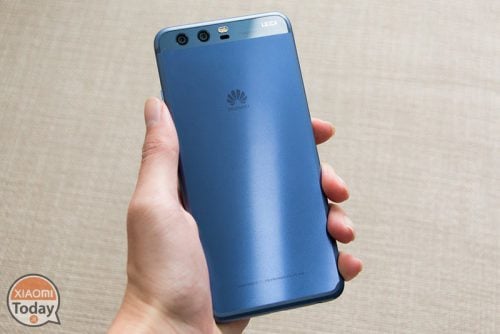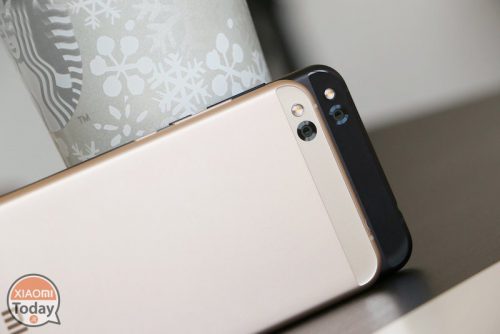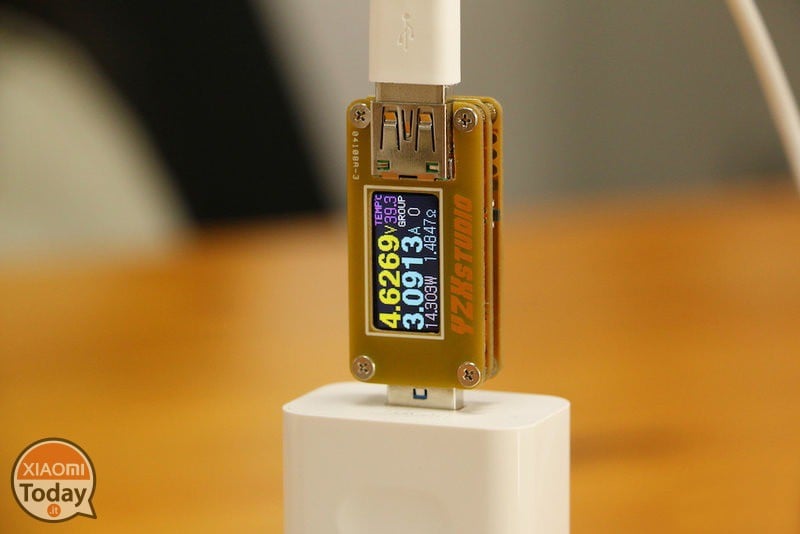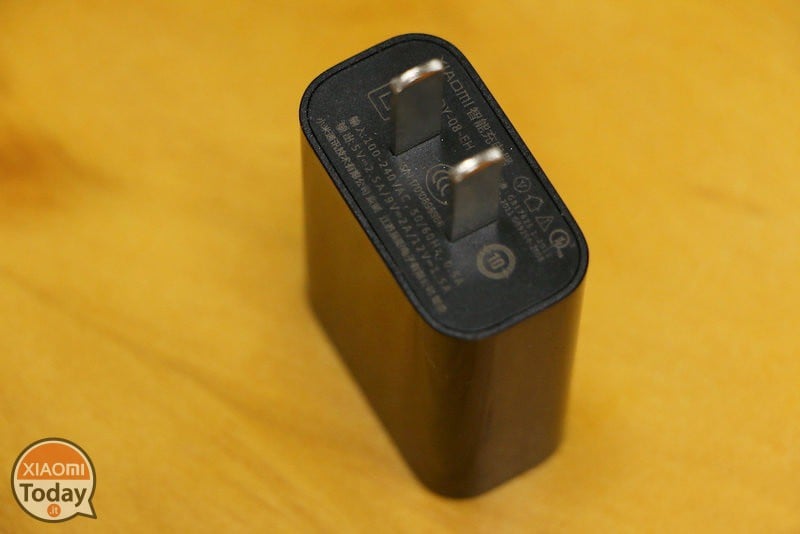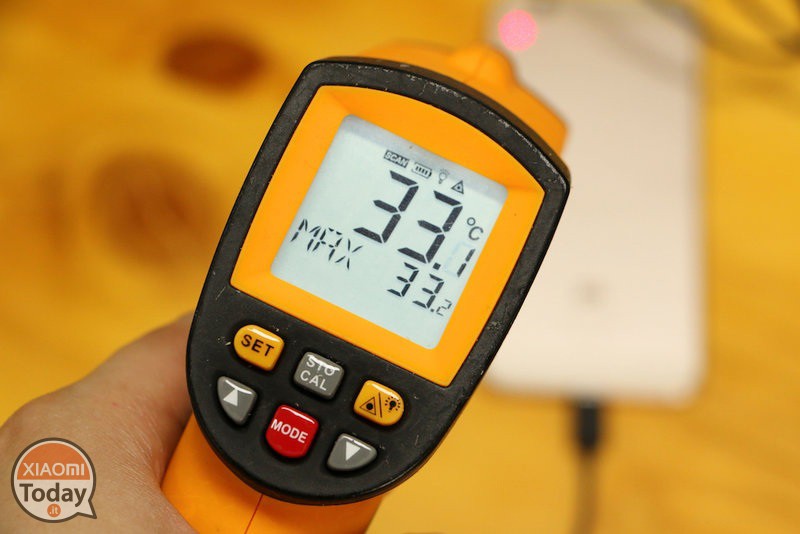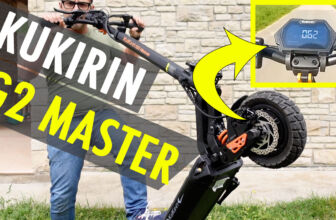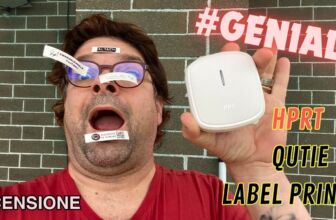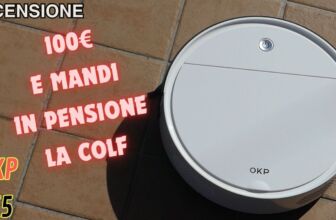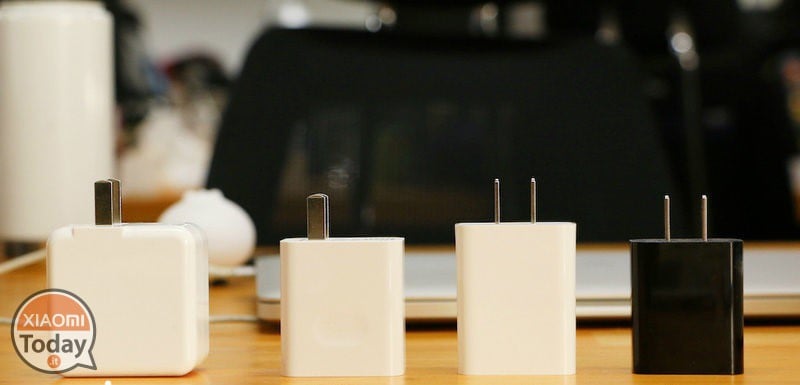
Certainly the month of February has attracted the attention of technology enthusiasts for the MWC 2017 in Barcelona, where many devices have been introduced. Outside the event, which Xiaomi also attended last year with Hugo Barra in big dust, the Chinese manufacturer launched its first self-produced processor and Mi 5C.
Topics of this article:
So today we see the Xiaomi Mi 5C comparing with Huawei P10 under the looks of the battery, the critical point of both devices at the first reviews on the net.
We will see in this article a comparison of different aspects on the battery side, so ... WE START!
First of all, however, I bring you the main specs of the two smartphones we will face, so it is clearer what we are talking about.

It is interesting to immediately notice how, for two devices with the same display "thumbing", the capacities of the respective batteries are clearly different!
3200 mAh for Huawei P10 and 2860 mAh for Xiaomi Mi 5C
Probably the choice of Xiaomi is dictated by not wanting to weigh over a device born to be as slender as possible. Yes, probable. But personally, I still do not explain the choice of reducing battery capacity on a device that is in fact an initiator, being the first Xiaomi smartphone with Surge S1 processor.
Battery-size index
Just to take into account the size of the device, we can introduce what is a very interesting index: the relationship between battery capacity and volume of the phone, in fact, allows you to understand how much a battery affects the size of the phone.
In our case we can easily get:
- Huawei P10 = 3200 / (14.5X6.9X0.7) = 45.69
- Xiaomi Mi 5C = 2860 / (14.4 × 7.0 x 0.7) = 40.53
To better understand what emerges from these data, let's consider that the Meizu Pro 6 Plus is characterized by a coefficient equal to 3400 / (15.5 × 7.7 × 0.73) = 39.02.
So what does that mean? Huawei has been able to optimally hold the size of its P10: the size is almost identical to that of the Xiaomi Mi 5C, but the battery capacity is significantly higher. Speaking apart merits Meizu because, although it has a much larger display, the choice of pointing to a battery from the 3400 mAh does not convince.
Processor Influence on Autonomy
Before comparing performance, let's say that the Surge S1 onboard Xiaomi Mi 5C, as you know, is made with 28nm technology (fairly obsolete to say the truth), while Kirin 960 on Huawei P10 is at 16nm. Which would mean that the SoC on board of Mi 5C greatly influences consumption and, above all, overheating.
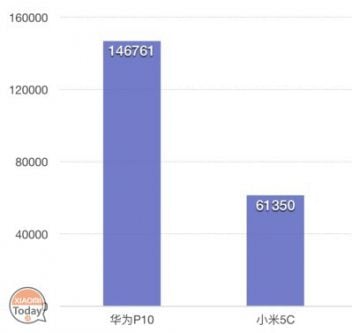
First of all, let's start with benchmarks that, as you can see, do not leave bad interpretations: P10 goes far beyond Mi 5C, because - let's say - the processor on board the new Xiaomi smartphone is far from top range.
And this is precisely why the Surge S1 processor does not overheat the device: it is not a processor born to be put under pressure from the top of the range!
Rapid charging technologies
We've probably seen a lot of charging technologies. Just think of the latest Meizu mCharge or Qualcomm Quick Charge 4.0.
As you well know, increasing the charging amperage can lead to overheating and therefore hardware damage, while a low amperage, although it prevents the device from heating up, leads to longer charging times and, therefore, a longer lasting stress on the battery.
I will not fill you with news and information. It is enough to know, however, that between declared and actual amplitude and current values, inconsistencies are often found.
- Huawei P10 SuperCharge Charger
- measured measured values of Huawei P10
For the sake of completeness, the new Huawei P10 supports SuperCharge (5V / 2A, 4.5V / 5A, 5V / 4.5A) charging which automatically adjusts output power to avoid overcoming critical temperature values. Theoretically, though.
Because although the battery charger is supposed to deliver 22,5W on paper, it actually dispenses 14.1. Let's say that the test was conducted with a residual charge of the 50%, which could have affected the output power.
- QuickCharge 3.0 charger for Xiaomi Mi 5c
- Xiaomi Mi 5c recharge values
Slightly different speech regarding Mi 5C. The Xiaomi charger supports fast charging (5V / 2.5A, 9V / 2A, 12V / 1.5A) theoretically delivering 18W.
As you can see yourself, the output power is greater than the theoretical one: 18,5W.
Charging temperature and charging times
I will not go too far in this regard, but let me talk about the images that are very clear.

The Xiaomi Mi 5C fully recharges in only 58 minutes, while the Huawei P10 takes us 1 now and 36 minutes. The extra 400 mAhs are felt but are certainly more timely than expected considering that Mi 5 takes us 1 now and 15 minutes having a battery of 3000 mAh.
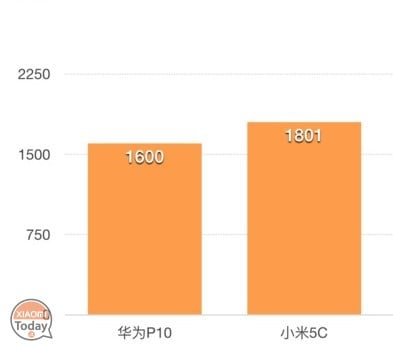
Instead, we come to another test: we tried to recharge the two devices for 30 minutes by leaving completely unloaded phones.
Well, the Mi 5C reached the 1801 mAh, equal to the 63% charging, while Huawei P10 stopped at 50% with its 1600 mAh.
"So?!" you may be thinking… well, that's not all! There are different charging processes as we have seen and the temperature of the devices is more or less influenced by what in English is called "pressure technology", or the stress that the battery undergoes during charging. But how do we measure this feature? It's not that simple, but let's just consider the temperature as an approximate indicator of this parameter.
- Huawei P10 temperature after 15 min
- Xiaomi Mi 5c temperature after 15 min
We can therefore say that Huawei's SuperCharge technology is a fast-charging technology with low impact / stress, while the Quick Charge is much more stressful than the Xiaomi Mi 5C battery.
Duration
- SIM card not inserted;
- Active Wi-Fi;
- bluetooth off;
- fully loaded device (100%)
After 9 hours with a couple of apps running in the background, without having performed operations, the situation was as follows:
- Huawei P10 - 95% residue
- Xiaomi Mi 5C - 94% residue
But of course the phones are used, otherwise what we need !?
Then, having completely recharged the devices and turned on the bluetooth, we tested the devices by doing the following:
- 1 h of online video playback (P10 -9%; Mi 5C -14%);
- 30 minutes of games (P10 -19%; Mi 5C -11%);
- 30 minutes of messaging (P10 -14%; Mi 5C -16%);
- 30 minutes of web browsing (P10 -6%; Mi 5C -10%);
- 30 minutes of video recording (P10 -5%; Mi 5C -6%);
- 30 minutes of music playback (P10 -5%; Mi 5C -5%)

In the image you can see the residual percentage of the two devices tested. Probably Huawei P10 pays a lot of the more powerful GPU, but on the other hand consumes more.
After experiencing Mi 5C, however, we realized that with the 2860 mAh the device could not reach the evening quietly, perhaps even because of a dull processor development. We hope to be optimized as soon as possible, because, as you know, Surge S1 can be programmed via OTA and so expect Xiaomi's first release because actually closing the day with 3h30min active screen is not from Xiaomi.
[source]

